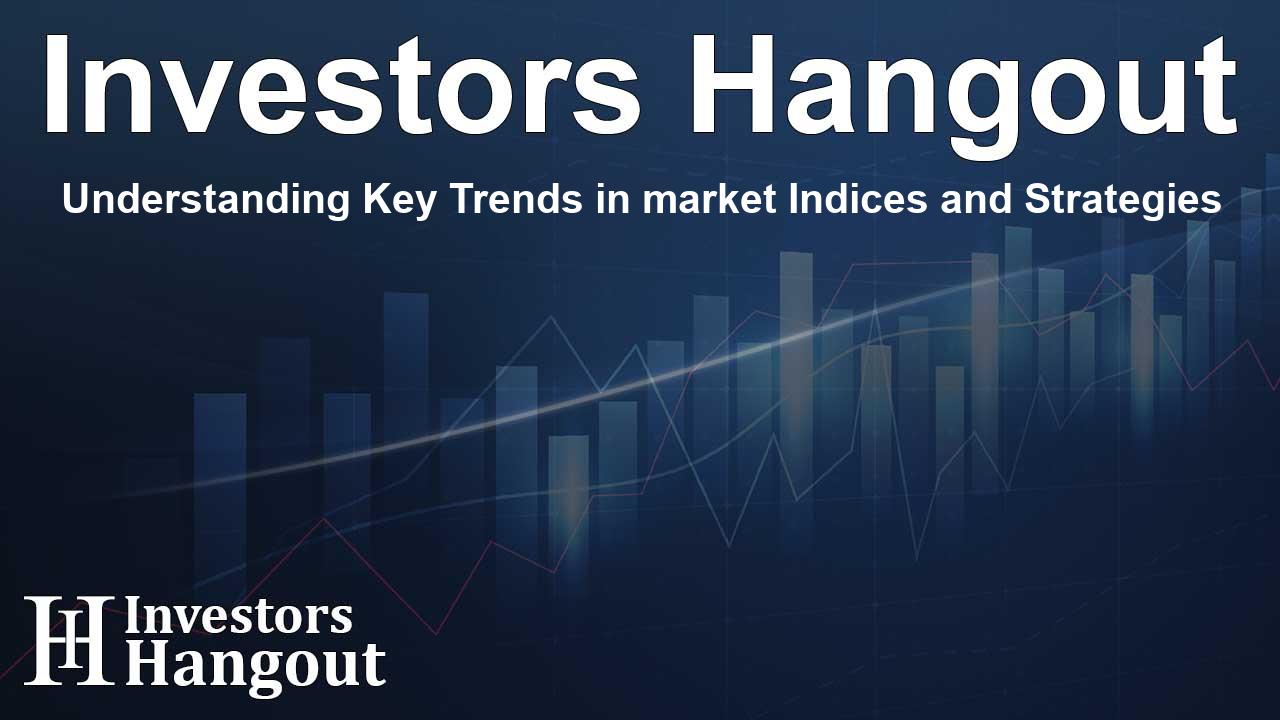Understanding Key Trends in market Indices and Strategies

Key Indicators in the Market: What to Watch
Monitoring the S&P 500 is crucial for understanding market dynamics. Many traders actively follow the SPX, which has shown impressive gains lately. Recently, a strategic long position on the SPX has resulted in a gain of 2.23% as of the latest sale, underscoring the importance of timing in trading. As we delve deeper, it’s evident that keeping an eye on price levels is essential for maximizing profit.
Current Performance Metrics
Throughout the past year, the SPX has demonstrated a solid performance with an overall gain of around 18%. This increase is attributed to various market factors, including economic trends and investor sentiment. Moreover, the GDX and gold prices have also played a significant role, with current strategies focusing on the upward movement of these sectors. Traders are now anticipating further shifts in these indicators, which could lead to future opportunities.
The Importance of the SPY/VIX Ratio
One of the key indicators to monitor is the SPY/VIX ratio. When SPY hits higher highs while the VIX remains subdued, it can indicate a bearish signal, prompting traders to prepare for potential corrections. Historical patterns show that when SPY enjoys an extended rally, often lasting for seven days or more, the market usually corrects itself thereafter. This cyclical nature of market trends makes it essential to analyze these indicators closely.
Seasonal Trends and Historical Context
As we enter a new fiscal period, seasonal trends tend to lean bearish, particularly following significant events like the FOMC meetings. Historical data suggests that the market frequently exhibits volatility during this time, which can lead to a sideways movement or even declines. Keeping in mind past performance and present indicators can guide investors in making informed decisions.
Trends in the GDX Market
When looking at the GDX market, monitoring monthly up/down volume percentages and the Advance/Decline percent is vital. These indicators often signal the direction of GDX's movements, showing where significant buy or sell signals may arise. Each indicator has its implications; for instance, when both indicators close above their mid Bollinger bands, substantial buy signals are generated, pushing traders to take action. Analyzing these patterns can help in anticipating future price movements.
Conclusion: Anticipating Future Movements
Overall, while current indicators show an encouraging performance for the SPX, it's important to remain vigilant regarding market corrections and seasonal trends. The potential for new highs exists, yet traders should brace for possible corrections or sideways action over the next month or so. By leveraging the insights gained from past performances and ongoing trends, investors can position themselves advantageously for future opportunities. The key takeaway is to stay informed and adapt strategies based on active market conditions.
Frequently Asked Questions
What are the key indicators watched in the S&P 500?
The primary indicators include SPX price levels, the SPY/VIX ratio, and overall market trends observed through historical data.
How does the SPY/VIX ratio influence trading decisions?
The SPY/VIX ratio signals potential market corrections when SPY achieves higher highs while VIX shows a lower high.
What seasonal trends can affect market performance?
Seasonal trends often lean bearish following significant events, such as FOMC meetings, affecting market volatility.
What is significant about the GDX indicators?
The indicators for GDX help identify major buy or sell signals, guiding decisions on whether to enter or exit positions.
How can investors prepare for potential market corrections?
Investors can stay prepared by monitoring key indicators, analyzing past performance, and remaining adaptable to market conditions.
About Investors Hangout
Investors Hangout is a leading online stock forum for financial discussion and learning, offering a wide range of free tools and resources. It draws in traders of all levels, who exchange market knowledge, investigate trading tactics, and keep an eye on industry developments in real time. Featuring financial articles, stock message boards, quotes, charts, company profiles, and live news updates. Through cooperative learning and a wealth of informational resources, it helps users from novices creating their first portfolios to experts honing their techniques. Join Investors Hangout today: https://investorshangout.com/
Disclaimer: The content of this article is solely for general informational purposes only; it does not represent legal, financial, or investment advice. Investors Hangout does not offer financial advice; the author is not a licensed financial advisor. Consult a qualified advisor before making any financial or investment decisions based on this article. The author's interpretation of publicly available data shapes the opinions presented here; as a result, they should not be taken as advice to purchase, sell, or hold any securities mentioned or any other investments. The author does not guarantee the accuracy, completeness, or timeliness of any material, providing it "as is." Information and market conditions may change; past performance is not indicative of future outcomes. If any of the material offered here is inaccurate, please contact us for corrections.